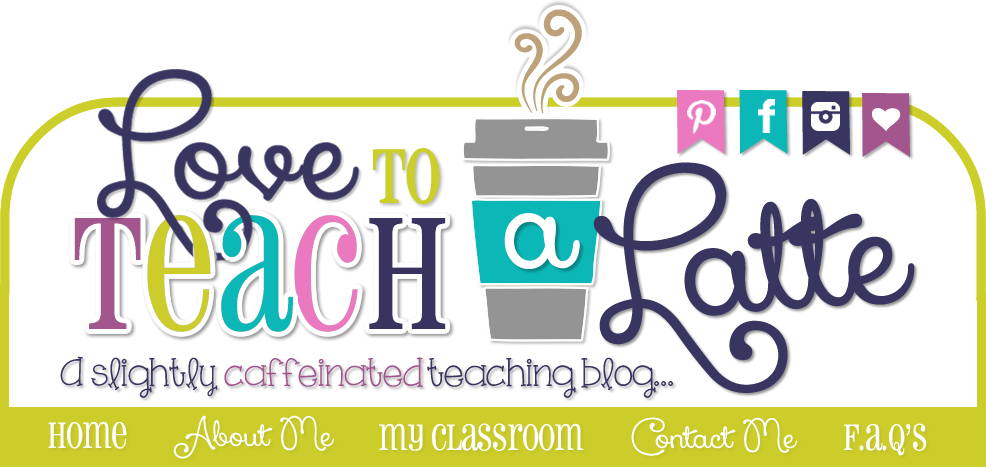Change is hard, but take a risk!
This is the biggest lesson I've taken away from reading this section of the book.
It's so true! There are SO many truths in this section.
Here are a few of the concerns that are addressed:
"What if it doesn't work?"
Many examples are given to show how it can work if implemented properly.
I say, what if it does work!? You end of up with a classroom full of independent, engaged, self-directed, excited, students. Those students are on their way to becoming life-long learners.
That is the main goal of education.
"It will be too chaotic! I'll lose control of the group."
After reading it seems that if the goal of a student-led classroom, and a model of how that looks is shown to your students they will be on task. This concern made me think of when I started Daily 5 in my classroom. At first I thought, 'If they're not completing a something I've specifically assigned they'll waste the time."
I was so wrong.
After discussing and modeling Daily 5 for a few weeks the kids had it. Sure, there are always a few that need to be reminded, but more often than not I had a classroom full of engaged readers & writers.
Teachers would come into my room and say, "Wow they're all so engaged." My students were engaged because the tasks they completed in Daily 5 were meaningful.
They were actively taking part in their own learning goal.
I'm thinking this is key with a student-led classroom.
I'm wondering if Daily 5 would be considered student-led... It seems like it, but I'll keep you posted on what I find out!
"There's no time for this. There's too much to do."
I could use about 6 more hours in the day. I know you could as well.
This one is always a big concern of mine. So much to do and so little time.
In this section I really started to see a big benefit of a student-led classroom....
Imagine you're in the middle of a whole class lesson. You are guiding the discussion. It's going well. They "get it". Then the phone in your classroom rings. You have to answer it obviously. You end up on the phone for maybe 2 minutes, but in that 2 minutes your class has lost that line of thinking and engagement. The learning flow has halted. They students started thinking of other things, perhaps they're chatting with a neighbor. You get off the phone, have to bring the group back together, and then get the class on task. Time lost that you can't get back...
You continue your lesson. The class again becomes engaged in the discussion. Then there is a knock at the door. Again, you have to stop the lesson to talk with the person at the door for another few minutes. The class has now lost more minutes of precious learning time.
This happens in my room, and I'm sure it happens to you as well.
If you had a student-led classroom that time would be used more wisely. The kids don't stop learning when you have to talk with a teacher, or answer the phone. They continue on their learning journey.
Think of the time you would be gaining.
Many other concerns are addressed in this section. It's as if the author, Paul Solarz, is reading every teacher's mind. In the end it seems the risk is going to be worth the reward.
Here are some rewards or treasures from implementing a student-led classroom:
*Better retention of learning
*More time for the teacher to give feedback to students
*Engaged teacher & students
*Students that are excited about what they're learning.
*Opportunities to model how to learn from our mistakes
*A classroom environment where students respect one another.
*A classroom environment where students are encouraged to problem-solve.
It can be so easy to keep doing what we've always done.
But here's a quote from the book to keep in mind...
"Children are different; the world is different"
It's so true!
Change is hard, but the reward could be big!
It can be rewarding for us as educators to try something new.
We can get that new, excited feeling when we see that it's working. That our hard work and modeling is really paying off. That the students like school and feel empowered in our classrooms.
I feel excited already! I hope you do too!
Take a risk!
You'll always wonder if you don't at least give it a try Matey! Ha! Pirate humor is so much fun!
Hope to see ya next week!










